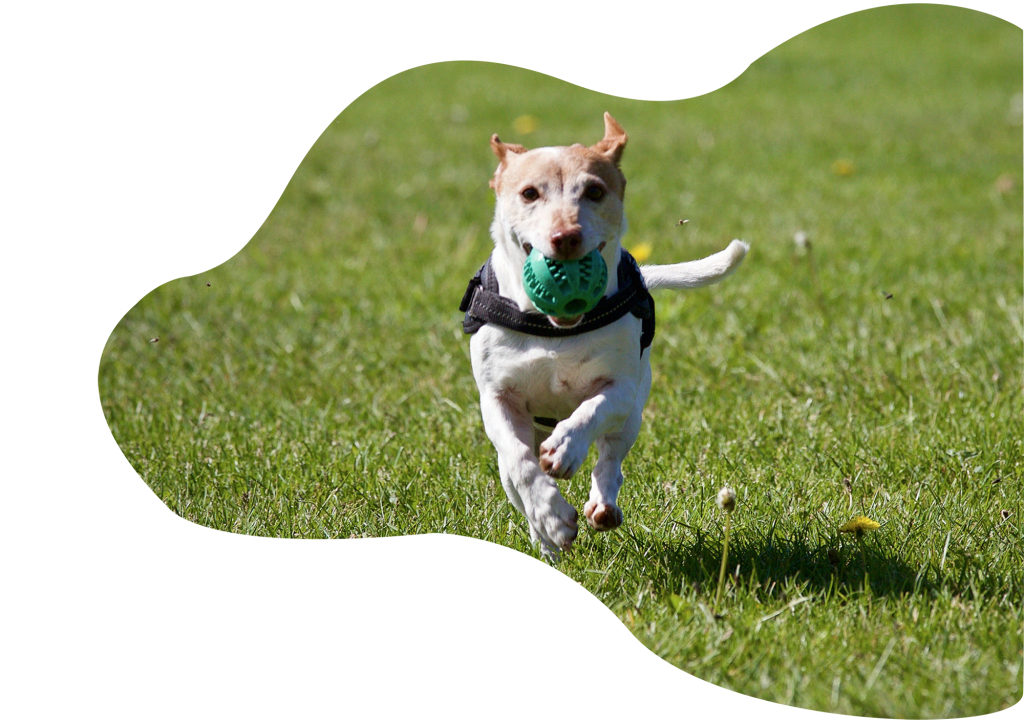A Dog Behaviourist comes TWICE to YOUR home to show you how to CONTROL unwanted behaviours like:
- Attention seeking behaviours (jumping up on people)
- Boisterous behaviour (rushing through doorways)
- Nuisance barking
- Aggression towards humans and / or animals
- Destructive behaviours (chewing, digging)
- Re-housetraining
- Cost $595
Call us on 0416 910 368 for enquiries.
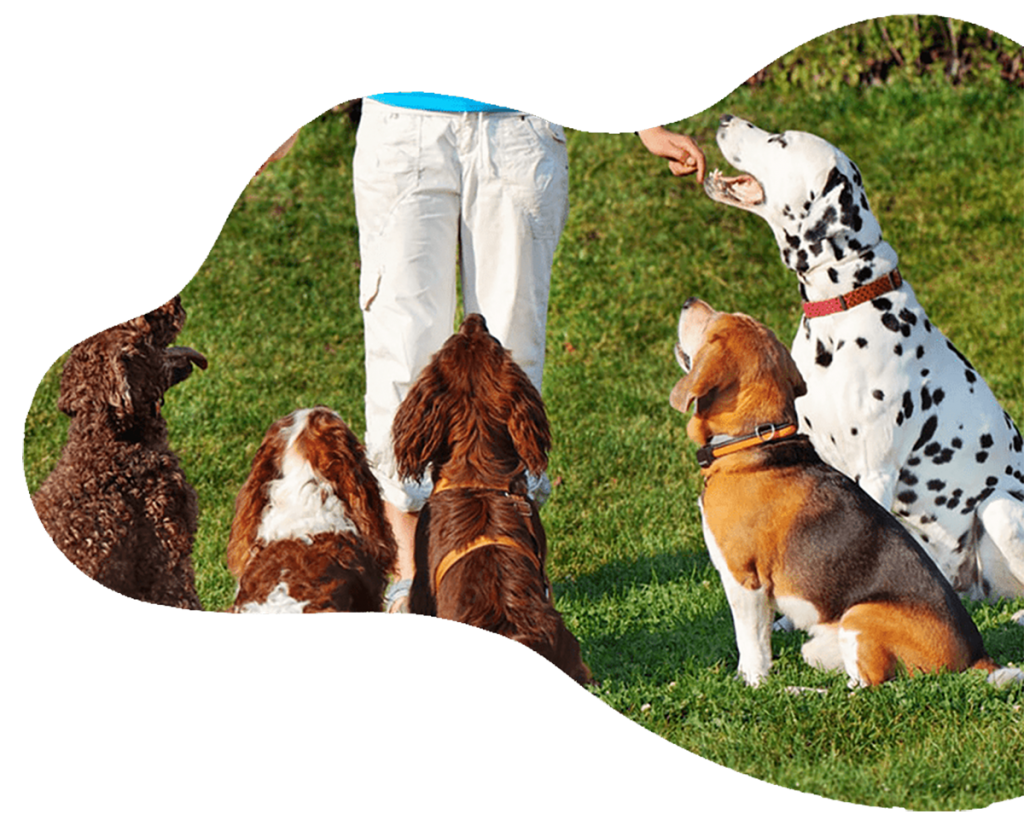
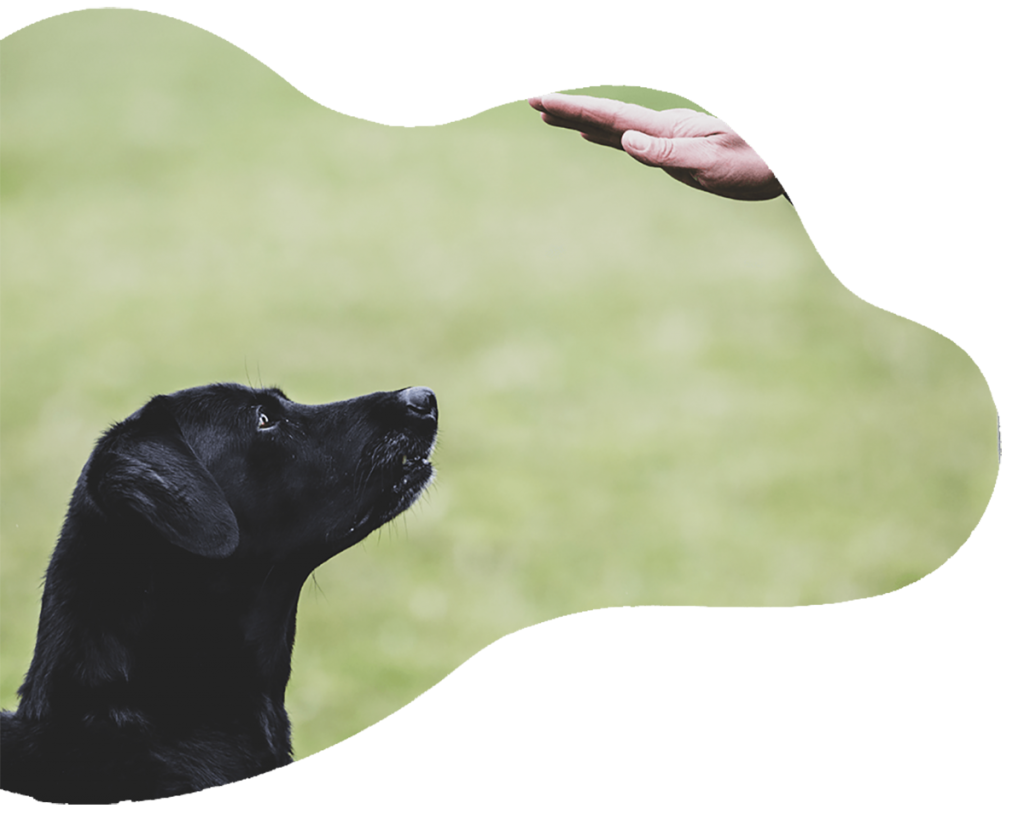
What is a Dog Behaviourist and How Does It Work?
Knowing how to train your dog is one of the best ways to decrease or eliminate any unwanted behaviour. Unfortunately, not everyone is well-versed in pet training, especially first-time pet owners or those who live busy lives but still want to house a pet.
Luckily, bad behaviour has a remedy, and dog behavioural services offer just that, mitigation or complete elimination of a dog’s unwanted behaviour through science-based dog behavioural correction.
What Is Dog Behavioural Correction?
Behaviour modification refers to changing dog behaviour to reinforce desired behaviour and discourage unwanted patterns. These training methods are mostly employed by dog behaviourists and experienced trainers.
Most trainers and dog behaviourist Perth agree that using aversive dog training techniques indiscriminately can be harmful and lead to further behaviour problems in those already present. Instead, well-versed dog trainers and Perth dog training services focus on addressing behavioural issues through balanced reinforcement of desired behaviours, and counterconditioning of unwanted behaviours. These may include reactivity, separation anxiety, excessive barking, and socialisation issues.
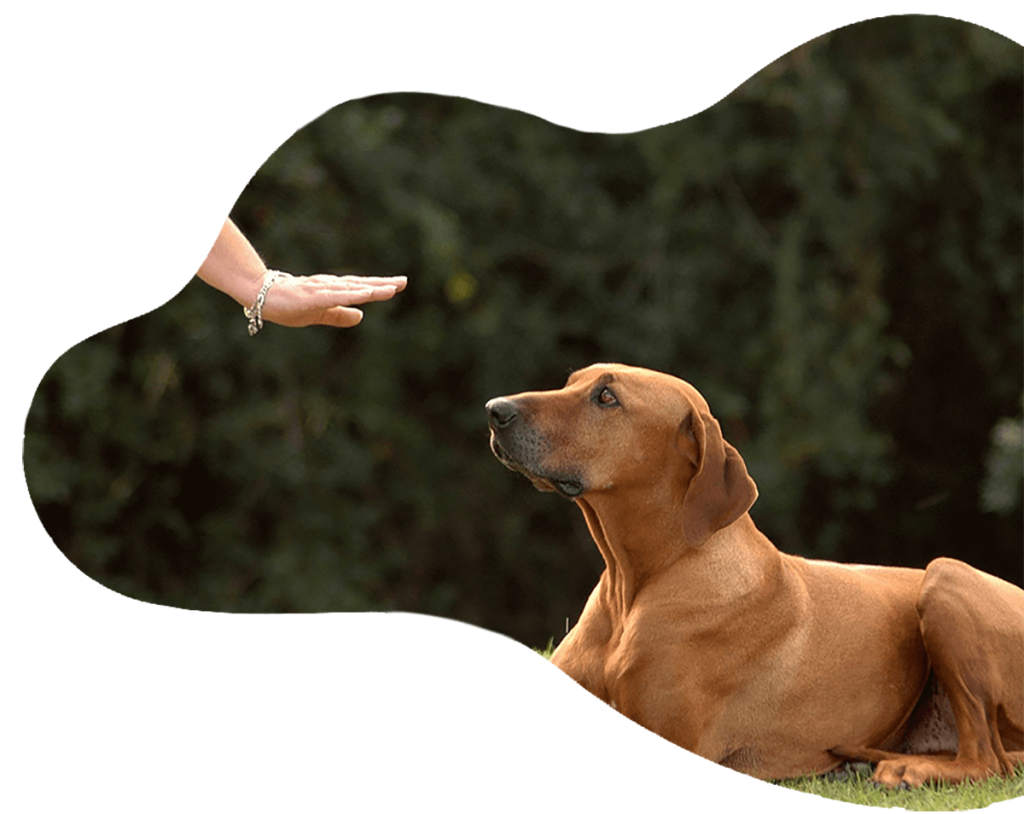
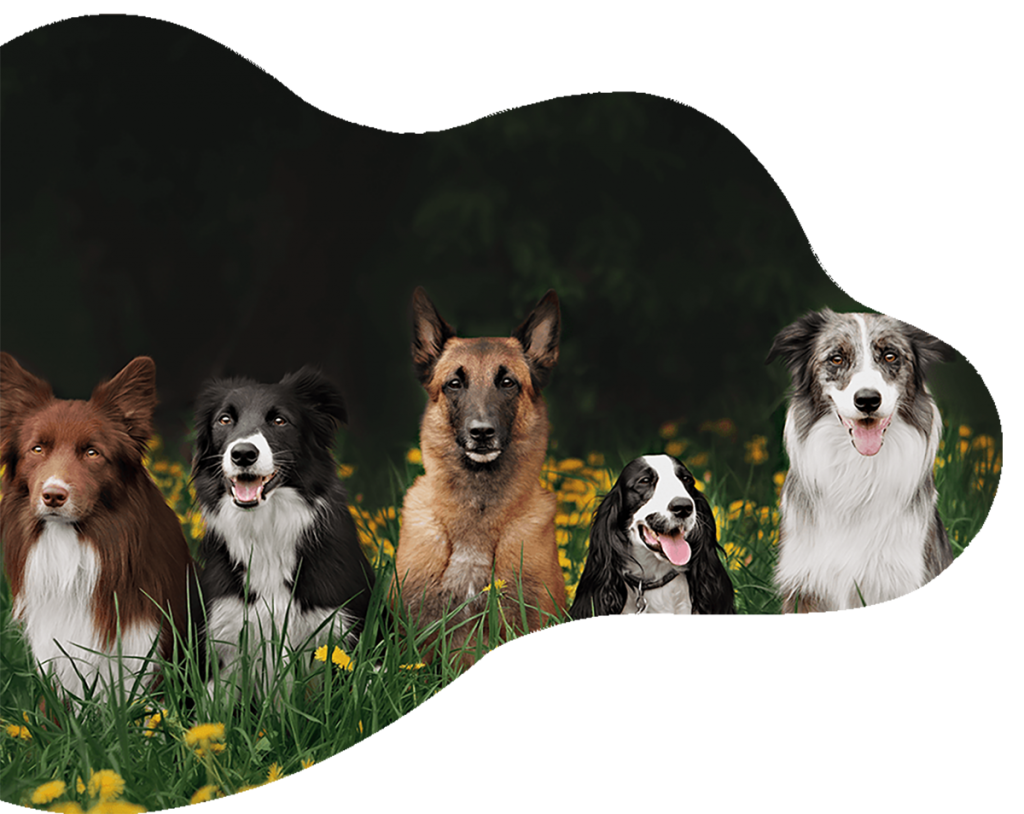
Common Behavioural Problems We Can Help With
Behaviour modification and obedience training are fantastic ways to decrease or entirely eliminate some of the following behaviours:
If your pet dog is disproportionately begging, whining, or barking, it’s seeking attention. These behaviours may also include stealing your shoes, jumping on furniture, or constantly bringing you their toy. This is usually regarded as harmless canine behaviour to dog owners, but attention-seeking behaviours can be potentially dangerous around kids, the elderly, and other family members.
Spinning in circles, mouthing, barking, and lunging are symptoms of over-excitement, which means that your dog has too much energy, and the only way they know how to deal with it is to work it off physically. Most people believe that the dog is acting this way out of happiness and actually encourage such behaviour. Unfortunately, that leads to more unruly behaviour issues and may even lead to aggression.
This type of behaviour often stems from separation anxiety but may also be a signal of urgency. Luckily, this can be mitigated through socialisation, and different cues, such as a “quiet” or “settle” commands that are covered by most dog training programs.
Destructive behaviours refer to any conduct that’s damaging to the dog’s surroundings or to the dog itself. Self-chewing, chewing, licking, digging, and burying house goods or structures, as well as inappropriate elimination, are all considered destructive behaviours. If left unaddressed, these issues may incur hefty financial issues, which is why most dog training classes specifically focus on these behaviours.
These types of behaviours may often stem from prey drive, pain, fear, and frustration and can be triggered during territory and resource guarding, as well as guarding family members. The dog transitions quickly from reactive, fearful, or guarding behaviour to being aggressive. Dog behavioural correction services also focus on the dog’s reactivity, which gives your dog more confidence in threat assessment during guarding duties. Allbreeds also offer specific training to tackle aggressive behaviours.
How Does Dog Behavioural Correction Work?
The majority of behaviour modification techniques are simple to learn and can be utilised effectively as preventative measures. However, they do necessitate a consistent expenditure of time and effort. In case you’re time constricted, behaviour modification is best left to experts offering dog behavioural correction services. Here’s a quick rundown of the fundamental principles of dog behavioural correction:
Habituation, and by extent, desensitisation, is a straightforward, non-rewarding method of behavioural modification. It involves the elimination or decrease in reactivity to specific situations as a result of repeated or prolonged exposure. For example, a dog that becomes accustomed to one type of sound won’t over-react to it, but it will continue to react to other sounds.
The term “conditioning” refers to the association between stimuli and behaviour; for example, a hungry dog will drool (the behaviour), when presented with food (stimuli). However, when you associate stimuli with a secondary one (like a specific command), it will elicit the same reaction as the primary stimuli. If you give your dog a treat after it adequately reacts to a “sit ” command, it will associate the two and will sit the next time in expectation of a treat. Be sure to reward positive behaviours.
Balanced reinforcement through rewards increase the likelihood of a given behaviour being repeated. This is actually the second step of conditioning, which ensures that the learned reaction to a command “sticks.” The more a pet performs the desired behaviour, the more reinforcement it receives. It doesn’t always have to be treats; sometimes, a “good boy” or “good girl” verbal reinforcement does the trick.
Counterconditioning refers to replacing an undesirable habit with a desirable one. It usually involves calming and relaxing a dog and then introducing it to reaction-inducing stimuli in small, non-threatening quantities/duration. It’s important for owners to keep reassuring their pets that the exposure isn’t threatening and that the reaction isn’t necessary.
If the dog reacts well to counterconditioning, exposure may be increased in small increments until unwanted behaviour gets completely eliminated. On the other hand, if the dog reacts to the initial exposure, try reducing it to levels your pet considers non-threatening.
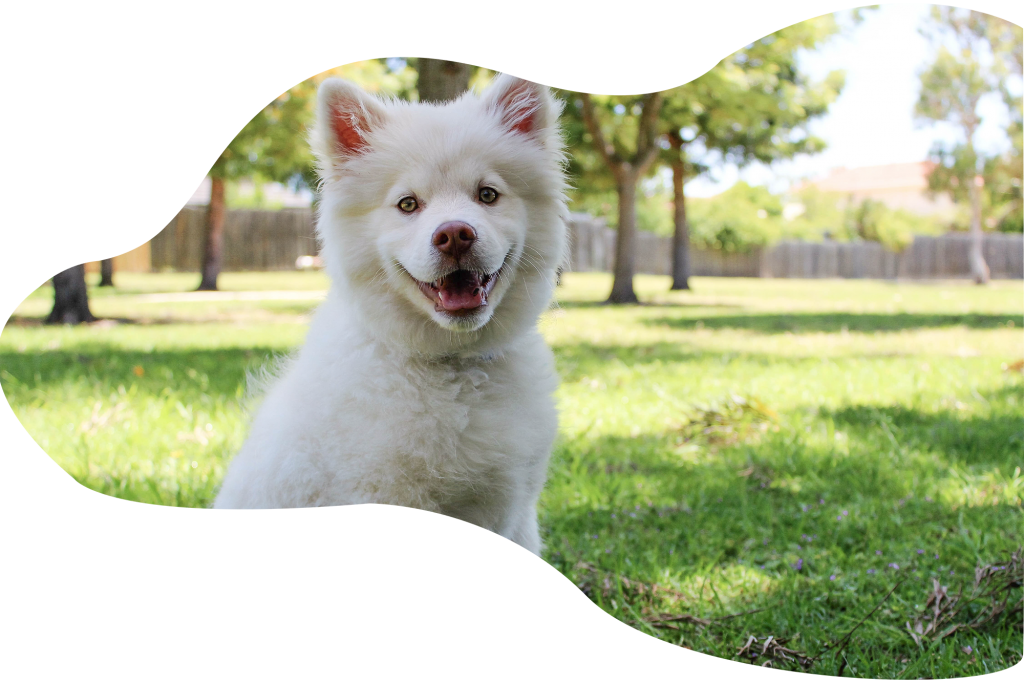
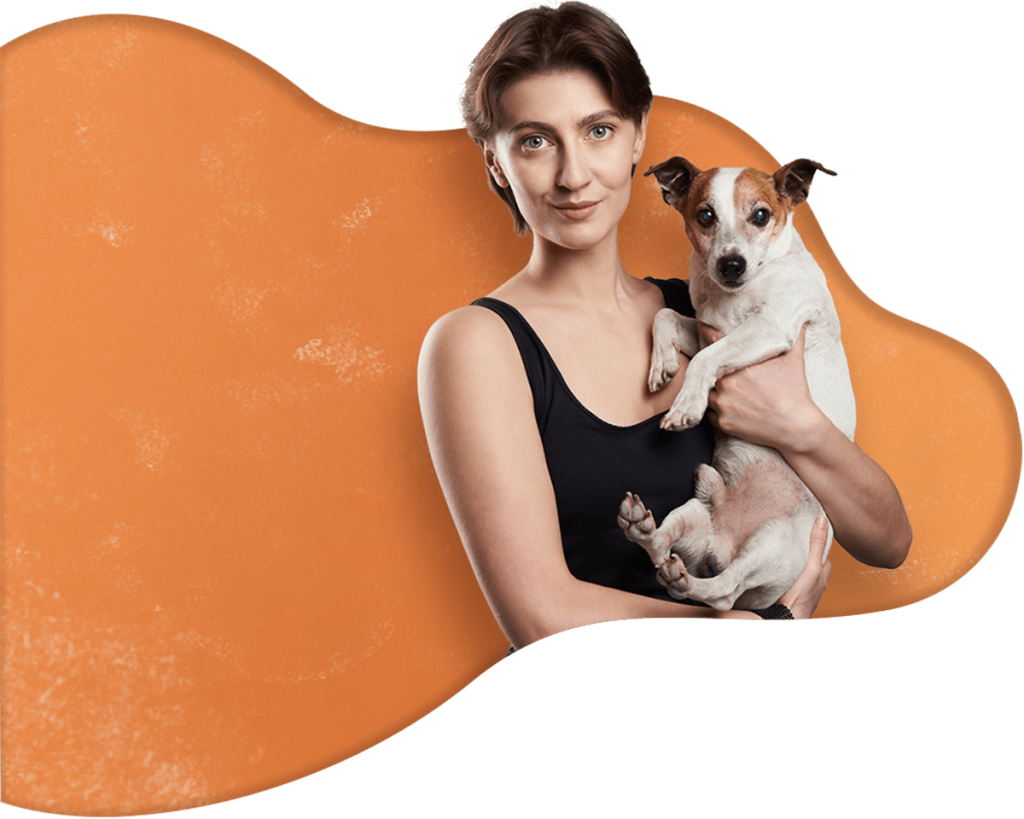
Should I Hire a Dog Behaviourist Specialist?
Hiring a dog behavioural correction specialist doesn’t imply actual training. You may simply request additional advice on behavioural modification if you’re having trouble dealing with certain unwanted behaviours.
However, hiring dog behavioural correction services that use “board and train” methods, like Allbreeds K9 Boot Camp, is the shortest and most-effective way of unwanted behaviour correction. In addition to offering accommodation for your dog, Allbreeds Dog Training also grants you access to their Dog Social Club, which will connect you with other satisfied dog owners to help you further train your dog, and offer support.
Contact Us!
Dog behavioural correction services are the most-effective way to ensure that all unwanted behaviours exhibited by your pet are either decreased or entirely eliminated. These services are usually performed by highly experienced dog trainers and dog behaviourists, which makes the process more straightforward, and less time-consuming.
If you’re interested in behavioural modification for your pet dog, contact us at Allbreeds Dog Training. We offer Dog Boarding Services, as well as K9 Boot Camp, where your dog will be trained according to the highest standards of the industry.
